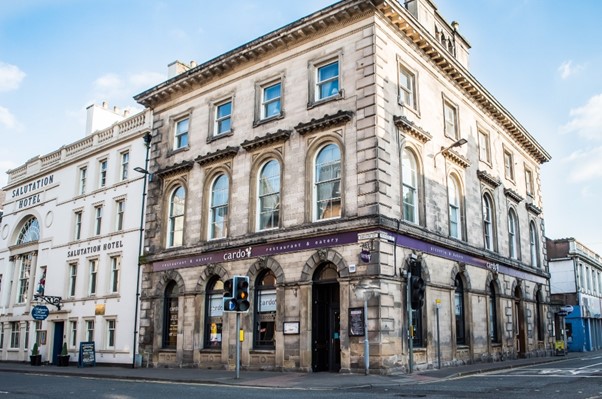The Learning Organisation Health Check
As I’ve mentioned in my previous blogs, organisations are like organisms.
In the same way, life on our planet has developed, so we can learn how to scale our businesses using some of the same elements.
Here are five elements to look for where nature has taught us about successful growth and sustainability.
These five should all be part of a business growth health check.
Redundancy is the first. Not to be confused with taking people out of the workforce, but instead focuses on sections of your business that may fail or no longer be relevant. Redundancy could refer to product lines, large customers you rely upon, business functions, or processes like your digital platform. What would happen if these elements disappeared? Would your company survive long enough to innovate and change, or would that be the end?
Covid has shown us many examples of redundancy in action. How many food outlets can you think of that closed their seated restaurants and moved swiftly to home delivery?
Here in Perth (Scotland), we have a fantastic French brasserie called Cardo. This is one of the best examples of redundancy I can think of. The owners closed the seated eating-in section of their business, repurposed front-of-house staff as drivers, and kept their businesses going. Not only that, but they also developed a new customer base of busy people who wanted excellent food at home.
Reliance on a single point of failure requires businesses to build redundancy as a strategic fail-safe.
The second element is Conservatism, which is about understanding the wealth of your business. What products or functions work well, and how can you sustain, repurpose, share, and reuse them across your portfolio? Conservatism for scaling companies is the bread and butter of growth.

Going back to Cardo, their Conservatism was food, and it sold well in the restaurant, so they stuck to the same menu as before and repurposed it for home delivery.
The third critical element for scaling businesses is modularity. This is where one section of a business operates independently, rather like a starfish. If one of its legs is lost, the rest carries on regardless.
On a small scale, modularity takes the form of cellular organisation, where products and services with similar characteristics are grouped by customer or product type. Food groups are modular in a commercial restaurant kitchen, with starters, mains, and desserts.
Modularity allows for our next element, Innovation.
As the cells in the human body recognise harmful mutations and react locally, similar things happen in our organisation. Modular groups learn to problem solve, improving their ways of working and environment.
I’ve been involved in lean methodology for decades now. The most powerful thing I’ve ever seen is a small group working on a problem, developing innovative ideas, and making changes.
“Never doubt that a small group of thoughtful, committed citizens could change the world. Indeed, it is the only thing that ever has “. (Attributed to Margaret Mead)
Innovation is how renewal, creativity, and transformation happen. Innovation can be stifled in a large organisation where a monolithic structure occurs in the form of hierarchy, culture, or processes.
David Marquet wrote about his experiences as commander of the submarine USS Santa Fe, where he instilled an innovative, modular culture in an underperforming crew with significant performance improvements.

Book Cover: Turn The Ship Around: David Marquet
“When L. David Marquet became captain of USS Santa Fe in 1999, it was the worst-performing nuclear-powered attack submarine and crew by Naval standards. He turned the crew into one of the best in a year by replacing the military’s traditional “leader-follower” or command-and-control structure with a “leader-leader” organisational model. Turn the Ship Around! is the story of how he did it, and its lessons apply to any organisation—business or government.”
The final element is coordination, which allows the organisation’s systemic nature to assimilate and share best practices widely. Sharing is critical to a learning organisation because new ideas are constrained in small areas of the organisation without it.
These five elements build deep learning into an organisation, allowing it to evolve.
Evolution Learns!
Not in a metaphorical sense. As organisms evolve, they learn to be better and assimilate that knowledge, constantly building and improving.
Evolutionary development in this way is known in ecological terms as Hebbian Learning, after the Canadian neuroscientist Donald Hebb.

He discovered that when a network of neurons achieved a successful outcome, the connections strengthened, making it more likely to happen again.
We want our businesses to be learning organisations so they can grow and prosper.
So next time you give your organisation the once over, look specifically at these five elements of evolutionary growth and make sure they’re healthy.
Revealing the leadership secrets for a successful business
Lessons from high performing business leaders
